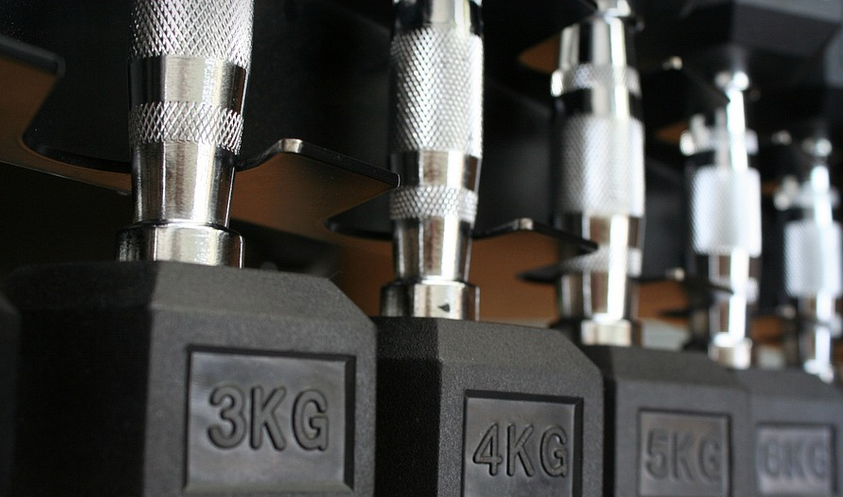Why Do Low-Pitch Roofs Need Special Attention?
Low-pitched roofs, those often found on homes with a classic or even modern farmhouse aesthetic, can be a real pain to handle when it comes to roofing. While they might seem like a simpler design choice, low-pitch roofs come with unique challenges that demand the right kind of shingles for optimal performance and longevity.
Think about it: low pitches mean more surface area exposed to wind and rain. This puts extra pressure on your roof’s ability to shed water without getting compromised. It also means you’ll need a sturdy shingle that can withstand the weight of snow accumulation, especially during winter months.
The Quest for the Perfect Shingle: What to Look For
So, what exactly makes a shingle ideal for low-pitch roofs? Well, the search is about finding shingles that are not only aesthetically pleasing but also boast structural strength and weather resistance.
First and foremost, you’ll want to look for shingles with a high impact rating. This means they’re built to withstand strong winds and heavy rains without letting any water seep through. Think of it like finding a sturdy shoe that can handle your daily steps – you need something reliable that won’t break down easily.
Next, consider the material: asphalt shingles are by far the most common choice for low-pitch roofs. They’re cost-effective, easy to install, and come in a wide variety of colors and styles to match your home’s exterior.
What to Consider When Choosing Your Shingles
Choosing the right shingles can make all the difference in how your roof looks and performs for years to come. Don’t just settle for the first option you see. Take your time to understand what makes each type of shingle unique.
Here’s a breakdown of some popular shingle types:
* **Architectural Shingles:** These are thicker than standard asphalt shingles, making them ideal for low-pitch roofs. They also feature more layers and textures, giving your roof that classic look you’re after.
* **Class A Roof Shingles:** This designation means the shingle has achieved a higher fire resistance rating, potentially offering some peace of mind in case of a wildfire or unexpected hot weather.
Ultimately, the best shingles for your low-pitch roof will depend on your specific needs and budget. Don’t be afraid to reach out to a roofing expert for guidance – they can help you choose the right shingles based on your roof’s unique challenges.
Finding Reliable Installation Professionals
Let’s face it, choosing the right shingle is just half the battle. Installing them correctly and safely requires a skilled and experienced roofing professional who understands how to handle low-pitch roofs.
Look for roofers with extensive experience working on low-pitch roofs. A good contractor will be able to assess your specific needs, consider local weather conditions, and choose the right shingles for optimal performance. A quality installation ensures your new roof is a long-term investment that will save you time and money in the future.
Maintaining Your Low-Pitch Roof
Even with the best shingles, it’s essential to keep up with routine maintenance. This helps extend the life of your roof and prevent costly repairs down the road.
Here are some key maintenance steps:
* **Regularly check for loose or damaged shingles:** Examine your entire roof visually for any signs of wear and tear, such as missing shingles, shingle curling, or other damage. If you find them, address the issue immediately to prevent further deterioration.
* **Clean your roof twice a year:** You can use a soft-bristled brush or gentle broom to remove debris that accumulates on your roof over time. This helps avoid clogs and potential buildup of mold or mildew.
Pro tip: Consider using a specialized roof cleaning solution to disinfect the entire surface, ensuring your roof stays clean and healthy for years to come. A clean roof is a strong roof!
Looking Ahead – The Future of Shingles
The roofing industry is constantly evolving, with new shingles hitting the market all the time. Some exciting developments include eco-friendly options made from recycled materials and innovative designs for better energy efficiency.
As technology advances, we can expect to see even more robust and sustainable shingle options in the years to come. So, stay tuned! The future of roofing is bright.
